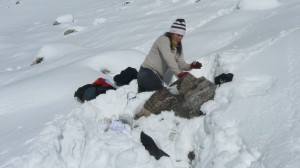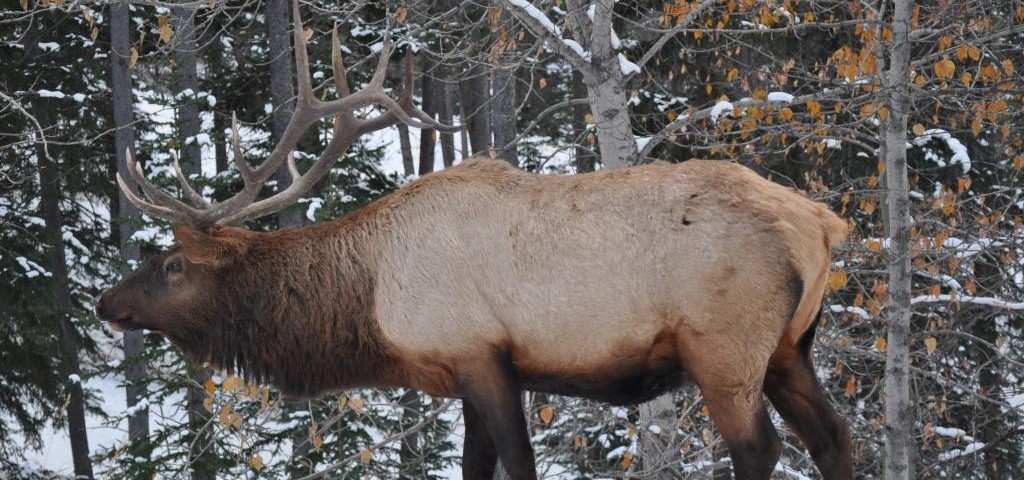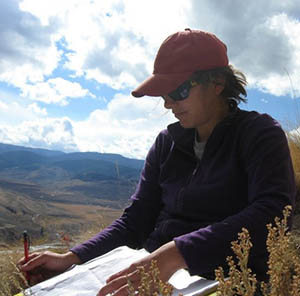Black Bear Monitoring Project
In southwestern Alberta, spring and fall hunter harvest tags are issued for public and private lands and landowners can harvest black bears year-round without a tag. Despite the popularity of black bear hunting in Alberta, neither harvest method requires reporting to wildlife or enforcement agencies. Poorly managed harvest strategies can result in long term population declines, reduction in subsequent hunter success, and reduced size of bears if harvest rates are high. Like other bear species, black bears are slow-reproducing mammals, producing one to four cubs on average every two to three years. Yet, the last provincial black bear population estimate in Alberta is over 20 years old.
Black bears also face a changing landscape in southwestern Alberta, including an increasing grizzly bear presence. Southwestern Alberta is home to the highest grizzly bear densities in Alberta. Today, places where landowners have historically seen black bears, they report seeing primarily grizzly bears. Dominance hierarchy and predation avoidance hypotheses suggest that grizzly bears could alter the feeding behaviour, activity patterns, and home range sizes of black bears. In collaboration with our grizzly research project, a new Black Bear Monitoring Project has started in southwestern Alberta in partnership with Alberta Environment and Parks, Parks Canada, Alberta Parks, Waterton Biosphere Reserve, and the University of Alberta. We will document how black bear abundance, density,  and distribution vary across the study area. We are also interested in how black and grizzly bears segregate habitat in southwestern Alberta.
and distribution vary across the study area. We are also interested in how black and grizzly bears segregate habitat in southwestern Alberta.
Website: http://www.biology.ualberta.ca/blackbear/
Contact: annieloosen@gmail.com

